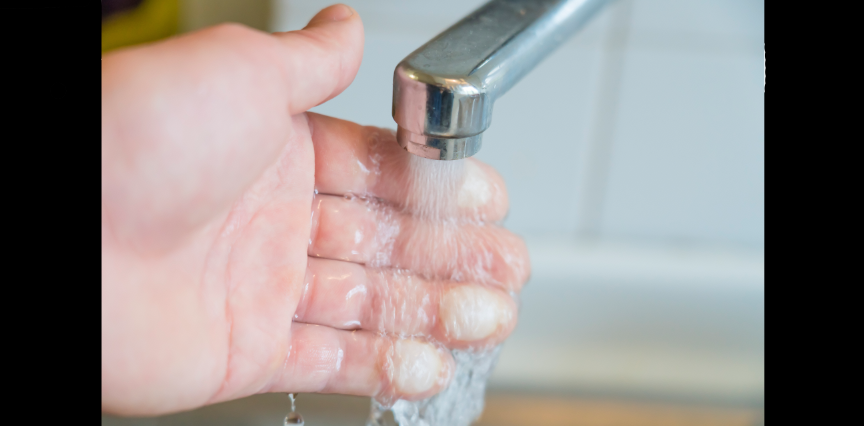Keeping three colours in mind (pink, red and white) is one of the simplest ways to determine how to manage a burns injury
There are many ways to judge the depth of a second-degree burn, but keeping three colours in mind (pink, red and white) is one of the simplest ways to determine how to manage the injury, experts say.
Dr Carl Lisec, a burns and general surgeon, speaking at the Rural Medicine Australia conference last month, said the latest guidelines from the Australian and New Zealand Burns Association was encouraging GPs to judge the depth of minor burn injuries by the colour of the dermis.
“Everyone knows an epidermal (first-degree) burn looks like simple erythema with no blisters and, at the other end of the spectrum, a full thickness (third-degree) burn is charred and insensate,” he told The Medical Republic.
“But most doctors struggle with assessing partial thickness (second-degree) burns.”
And while checking capillary refill or the presence or absence of sensation could assist in judging depth, Dr Lisec said that looking for pink, red, and white on the dermis helped to compare depth across the burn site, which would not be uniform in all areas.
Superficial dermal burns will appear pink in colour, mid dermal burns are categorised by a red dermis and for deep dermal burns, doctors will see white.
Sometimes vision of the dermis will be covered by a blister, which may need to be removed to reveal the colour underneath.
And while most of the pink superficial dermal burns will heal within 10 days, the mid dermal and deep dermal burns can take longer, sometimes requiring a referral to a burns unit to ensure a good cosmetic outcome.
Early referrals were also encouraged for patients with diabetes with whom even pink or superficial burns could become deep in a short amount of time.
In addition, Dr Lisec said taking a history of how the burn occurred would help assess depth and severity.
Insignificant mechanisms include:
-
- Sun exposure
- Most hot water scalds (in adults)
- Very brief contact with something hot
- Gas ignition or a flash burn
- Steam from a radiator
The 3 colours of partial thickness burns. Pink is superficial. White is deep. And red is somewhere in between. pic.twitter.com/Yj2y1L3ixT
— Carl Lisec FRACS (@burn_surgeon) August 7, 2019
Significant mechanisms include:
- Clothes which caught fire
- Hot water/another hot liquid spilt onto clothes and the patient struggled to get them off quickly
- Any burn which involved petrol, kerosene or methylated spirits – particularly if the liquid was on the individual’s skin
- Diabetics who walked on a hot surface or put their feet near a heater/fire
- Scald from hot oil on a fire
- Contact with exhaust or engine
The ANZBA guide for small burns can be found here.


